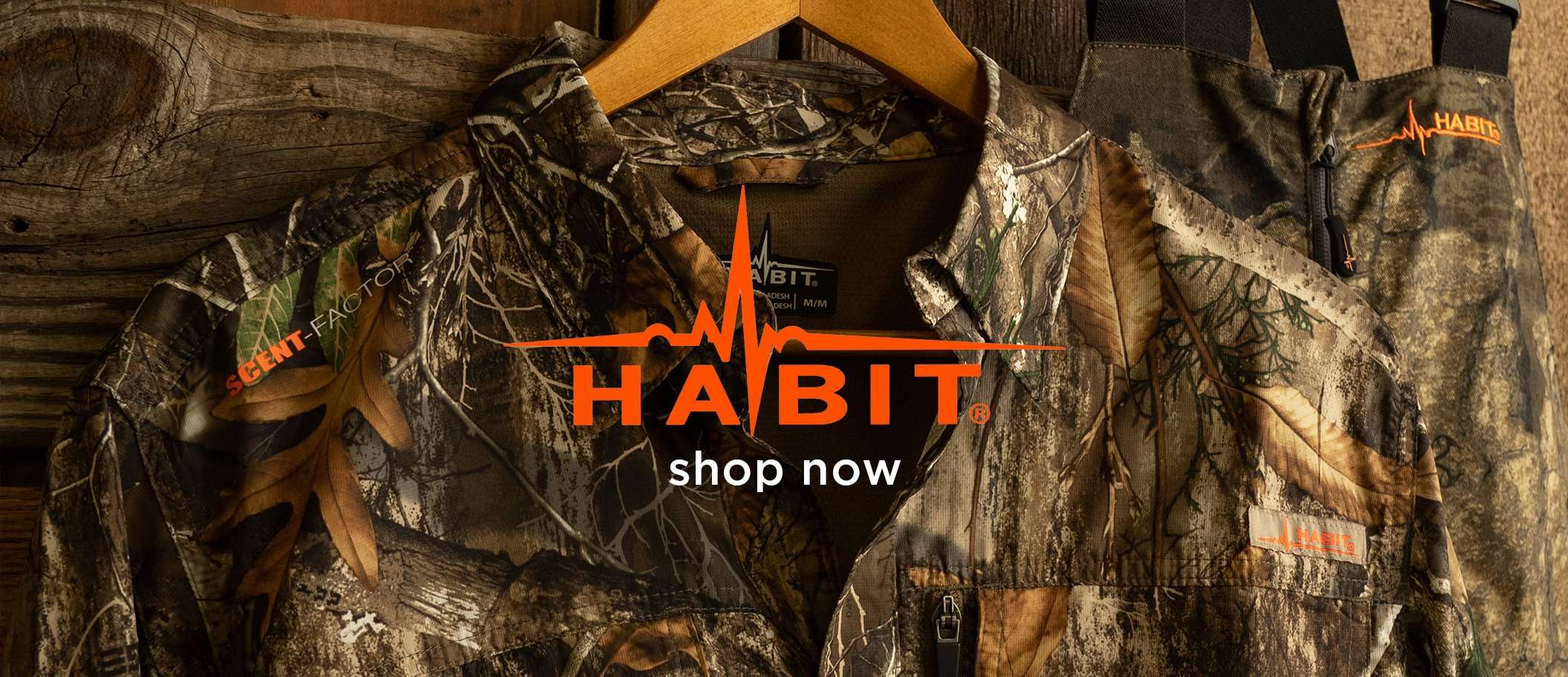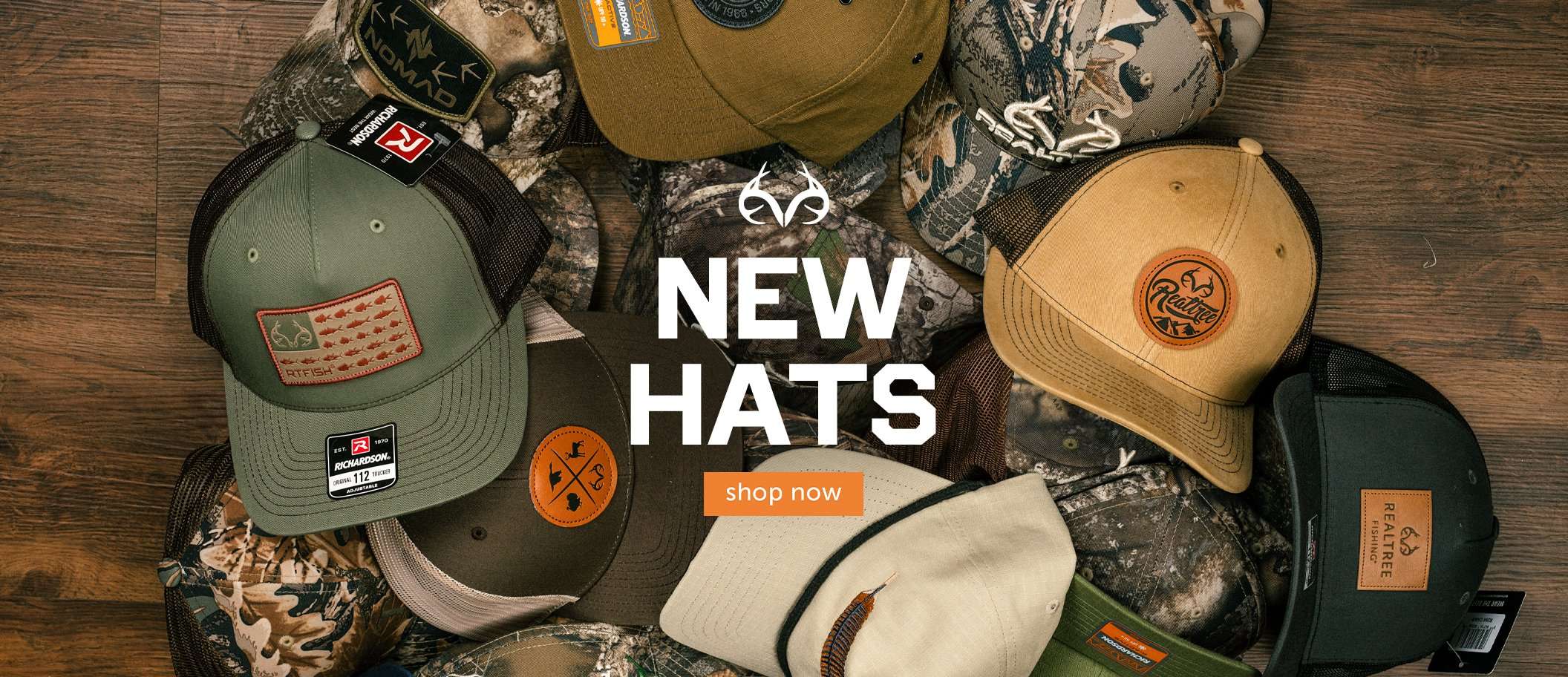After decades of deer hunting, Mr. Whitetail weighs in on what makes for a great deer load
I have long enjoyed posing this question to campmates during deer season: “What’s the perfect whitetail caliber and round?” Most deer hunters are highly opinionated in their choices. Many will point out that it’s not the rifle, caliber, round, or load, it’s the person pulling the trigger!

Is there a perfect round for whitetail deer? The author has a list of requirements to meet the definition. Image by Larry Weishuhn
Growing up in rural Texas, my first perfect deer round was the .22 Long Rifle. It was the only rifle we had, other than my dad’s .30-30. Thankfully, rimfires were legal back then. In time I graduated to a 12-gauge single-shot shotgun loaded with buckshot, which I used to take my first whitetail.
Later I would cast my vote for the .30-30 Winchester as being the absolute perfect deer round. If you did not believe me, you could ask my dad, mother, and uncles. It’s what they all hunted with and swore by, too. But shortly thereafter my opinion was shaken after reading my hero, Jack O’Connor in Outdoor Life, extolling the virtues of the .257 Roberts, 7x57 Mauser, and.270 Winchester. During that era, the quickest way to start a campfire debate was to suggest the .270 was better than a .30-06, or vice versa.
Today, when asked, “What’s the perfect deer round?”, there are those who will only suggest cartridges that are older than 75 years. Those hunters might swear at the more modern rounds that other hunters swear by, such as the 6.5 Creedmoor, 6.5 PRC ,and 7mm PRC. And increasingly, several straight-wall cartridges have joined the conversation as many states that formerly restricted hunters to using muzzleloaders or shotgun slugs have legalized rounds like the .350 and .400 Legend, the 360 Buckhammer, and the .45-70.
As a lifetime hunter, guide, research biologist, and “gun writer” I have taken deer with .22 to .50-caliber rifles, .45- to .54-caliber muzzleloaders, .357 Mag to .500 S&W Mag revolvers, single-shot handguns chambered in numerous rifle rounds, and shotguns ranging from 10 gauge down to 20. I have studied hard and long, and to this day my quest to find the perfect deer round continues. But does such exist? Let’s take a look.
Several things need to be considered, but accuracy and down-range energy are paramount. Of course, ammo availability is also important. The vital heart-and-lung area on most all whitetail deer is 8 to 10 inches in circumference when the animal is broadside. Facing straight on and quartering to or away, those vitals shrink to 6 inches, or smaller. That’s the target. I firmly believe hunters should place their bullets into the heart and lungs, and avoid neck shots. There is too much room for error when taking shots at the neck.
Many of us strive to consistently shoot 1-inch groups at 100 yards (1 MOA). Such accuracy works out to keeping shots in a 4-inch circle at 400 yards. But not all guns or hunters are capable of such accuracy. That doesn’t mean they shouldn’t go deer hunting. If you are capable of consistently keeping your bullets within a 6-inch circle, you should be OK, if not perfect. The distance at which you no longer keep all shots within a 6-inch circle should be the absolute maximum range at which you shoot at a deer.
Bullets kill by damaging vital tissue, causing blood loss and hydrostatic shock. There are many good deer hunting bullets whose job it is to enter the body, expand, do considerable tissue damage to lungs and heart and then exit, leaving a blood trail, if the deer does not go down immediately. Some bullets are all copper or copper alloy. Traditional hunting bullets are a combination of copper and lead. I like both types. Which bullet I use depends upon state regulations and which bullets and loads my individual rifle or handgun prefers in terms of accuracy.
I am a long-range shooter, but not a long-range hunter. I shoot my rifles and handguns out to extreme distances at steel plates. That so, when I crawl in close, I can precisely place my bullet into the heart and lungs with great confidence. As to specific cartridges, outside of some handguns, I mostly limit my maximum range to the distance at which my bullets drop below 1,000-foot pounds of energy. If it appears that I believe the “perfect deer round” is simply one that has the accuracy to place a well-designed bullet precisely in the vitals while producing sufficient energy so that the bullet works as designed, then you are right! Frankly, I have a whole gun safe full of near perfect deer rifles and handguns. This fall I’m leaning toward a Mossberg Patriot 7mm PRC loaded with Hornady Precision Hunter, 175-grain ELD-X and topped with a Steatlh Vision scope. How about you?
***Don’t Miss: *DEER MOVE BEST 2 HOURS AFTER DAYLIGHT, AND THIS STUDY PROVES IT












